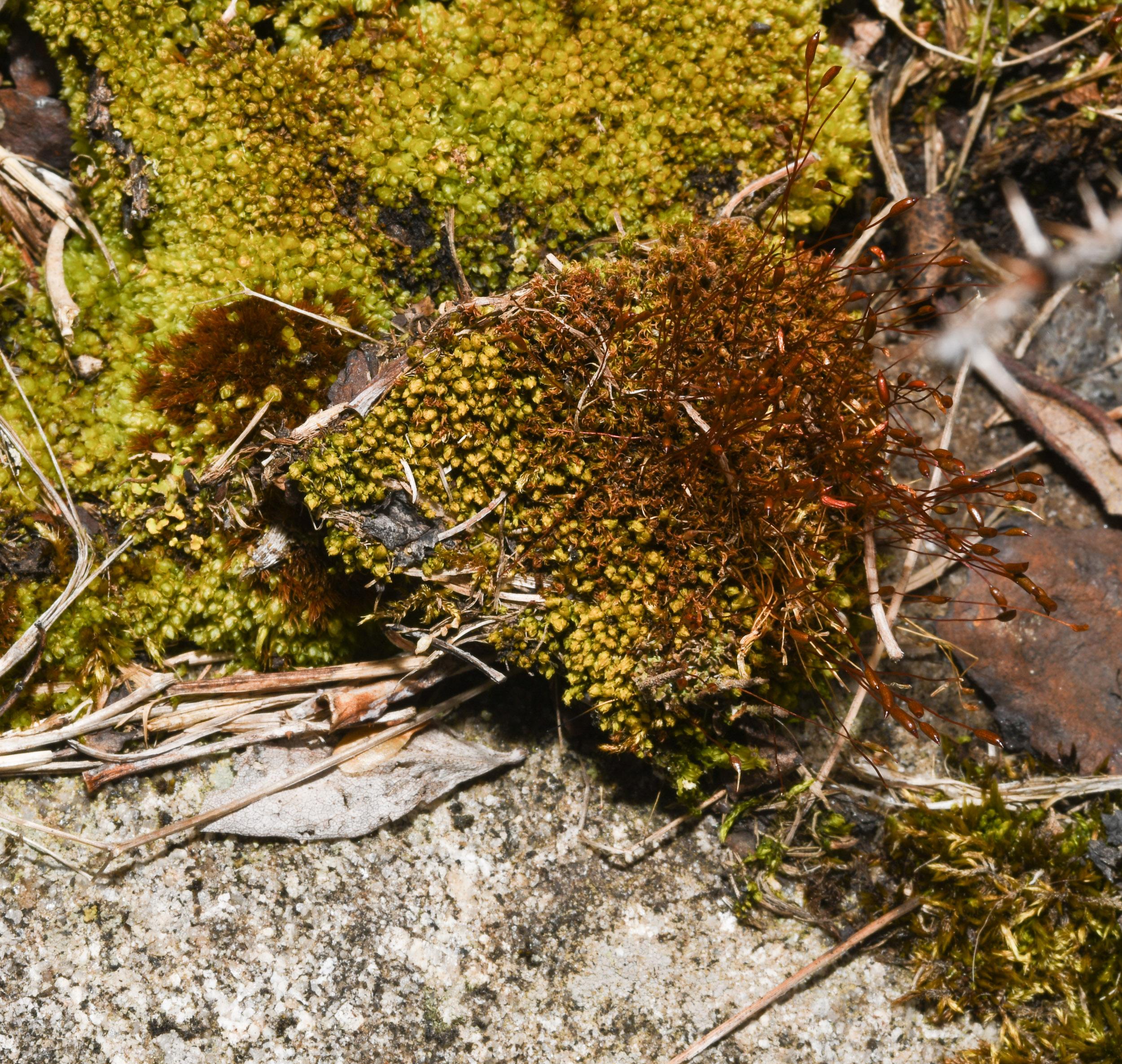
Ceratodon-purpureus-12.jpg from: https://ohiomosslichen.org/moss-ceratodon-purpureus/ceratodon-purpureus-11/
Exploring the Fascinating World of Ceratodon Moss
Introduction
Mosses may be small, but they play a big role in many ecosystems around the world. One particularly interesting species is Ceratodon purpureus subsp. convolutus (Reichardt) Burley, commonly known as Ceratodon moss. This tiny but mighty plant is part of the Ditrichaceae family and has some unique characteristics. Let’s take a closer look!

Ceratodon-purpureus-10.jpg from: https://ohiomosslichen.org/moss-ceratodon-purpureus/ceratodon-purpureus-9/
Background on Mosses
Before diving into the specifics of Ceratodon moss, it’s helpful to understand what mosses are in general. Mosses are non-vascular plants in the division Bryophyta. They lack true roots, stems, and leaves like other plants. Instead, they have rhizoids that anchor them and absorb water and nutrients. Mosses reproduce via spores rather than seeds.

513426_a665e0be.jpg from: https://www.plantarium.ru/page/image/id/513426.html
Morphology and Identification

Ceratodon-purpureus-11.jpg from: https://ohiomosslichen.org/moss-ceratodon-purpureus/ceratodon-purpureus-10/
Ceratodon purpureus subsp. convolutus is a small acrocarpous moss, typically growing in tufts or cushions. The leaves are lanceolate and have a distinct reddish-purple color, especially at the tips. Leaf margins are entire and the costa (midrib) is strong, often extending beyond the leaf tip to form a short awn.
The seta (stalk bearing the capsule) is relatively long, up to 2-3 cm, and also reddish in color. Capsules are cylindrical and slightly curved, with 16 longitudinal ridges. Peristome teeth are divided nearly to the base.
Global Distribution and Habitat
Ceratodon moss has a cosmopolitan distribution, found on every continent including Antarctica. It is common in temperate and boreal regions of the Northern Hemisphere. This species is very adaptable and can grow on a variety of substrates including soil, rock, concrete, rooftops, and even on the backs of beetles! It tolerates disturbance and is often a pioneer species in disturbed habitats.
Ecological Roles and Adaptations
As a pioneer species, Ceratodon purpureus subsp. convolutus plays an important role in the early stages of ecological succession. It helps stabilize soil and provides a foothold for other plants to establish. This moss is well-adapted to harsh conditions. It can survive long periods of desiccation by curling its leaves inward to reduce water loss.
Ceratodon also has remarkable regenerative abilities. Fragments of leaves or stems can regrow into whole new plants. This is an adaptation to disturbance and allows the moss to spread vegetatively.

566922_12c48524.jpg from: https://www.plantarium.ru/page/image/id/566922.html

637007_e8f3e26d.jpg from: https://www.plantarium.ru/page/image/id/637007.html

Ceratodon_purpureus-DAEA20B93A.jpg from: https://www.florafinder.org/Species/Ceratodon_purpureus.php

Ceratodon-purpureus-17.jpg from: https://ohiomosslichen.org/moss-ceratodon-purpureus/ceratodon-purpureus-14-2/
| Characteristic | Description |
|---|---|
| Division | Bryophyta |
| Class | Bryopsida |
| Family | Ditrichaceae |
| Genus | Ceratodon |
| Species | C. purpureus subsp. convolutus |
| Growth Form | Acrocarpous |
| Leaf Shape | Lanceolate |
| Leaf Color | Reddish-purple |
| Seta Length | 2-3 cm |
| Capsule Shape | Cylindrical, ridged |
Conclusion
Ceratodon purpureus subsp. convolutus may be small, but it is a fascinating and ecologically important moss species. Its global distribution, adaptability to disturbance, and regenerative abilities make it a true survivor. Next time you see a patch of reddish moss, take a closer look – it might just be Ceratodon! What other secrets do you think this tiny plant holds?

Ceratodon%2Bpurpureus%2B2.jpg from: https://floressilvestresdehormaza.blogspot.com/2017/10/ceratodon-purpureus.html

25610685015_5626373bf3_b.jpg from: https://www.flickr.com/photos/87161179@N04/albums/72157665632685565